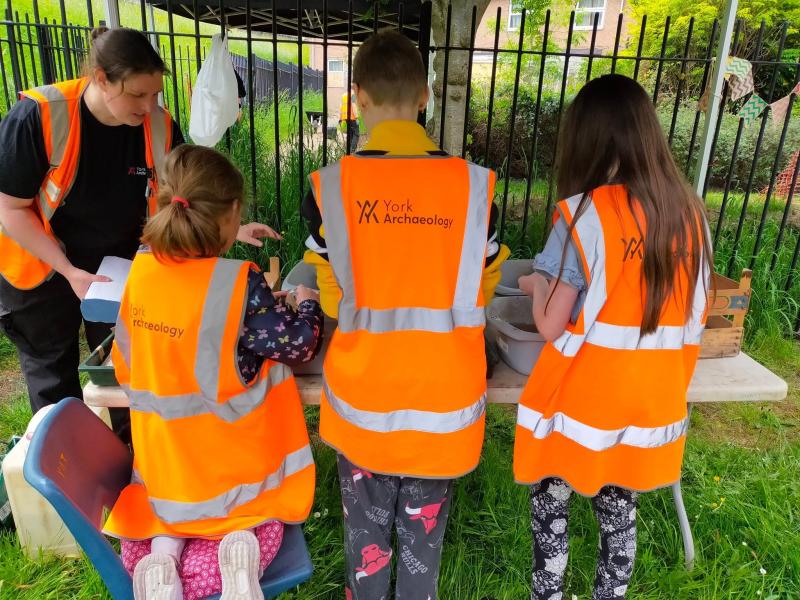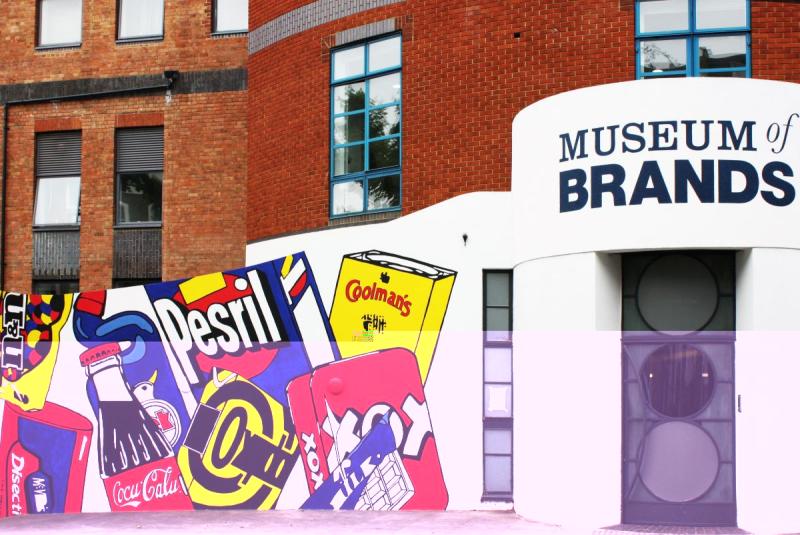
Etruria Industrial Museum in Staffordshire takes part in Heritage Open Days festival
Photo: Chris Lacey
Community is the foundation of culture
Heritage Open Days returns with thousands of free events and experiences. The National Trust’s Tom Freshwater reflects on why people venture out to participate in these community experiences.
Last year, Heritage Open Days (HODs), England’s largest festival of history and culture, saw a million people enter places usually closed to the public. They took part in activities revealing the hidden side of heritage, went on guided walks to uncover a different side to their local area, and got stuck into what makes heritage something that touches us all.
The full 2023 festival* started on Friday (8 September) on the theme of Creativity Unwrapped. Supported by players of People’s Postcode Lottery and run by thousands of local organisations and volunteers, HODs brings people together to celebrate their heritage, community and history.
More than 5,000 events will be on offer to the public – all for free. For context, there were 5,794 in 2019, pre-pandemic, and we’re back at that humming level of activity. But why has heritage been so successful? Given innovation in the arts is about pushing boundaries and exploring new horizons, why is a festival about “old” things doing so well?
All about community
We believe it’s because Heritage Open Days is fundamentally about community. It brings people together around stories that capture the imagination and makes them see their local area in a different light.
Take Beverley in Yorkshire. It got its first gas lamps in the 1820s after London, York and Bath. And 200 years later, 39 of the lampposts are still in place and thought to be the oldest in the world. The HOD tour to see them had huge waiting lists, with people wanting to find out more about things they pass every day.
Or the eclectic Breadboard Museum in South West London, a homage to an item we use every day with little thought. And the ever popular graveyard tours, such as those in Wombwell cemetery, where that thread of lives once lived plays out in a most tangible way.
 Archaeology on prescription, Willow House. Photo: York Archaeological Trust
Archaeology on prescription, Willow House. Photo: York Archaeological Trust
Being present in place
That tangibility, the chance to see something, and immerse yourself in it, is key.
Like everyone, we pivoted to digital events in 2020. We still offer a handful in the programme, but only around 2%.
People are curious and want to discover more about their locality, to see it, feel it and lose themselves in it – and connect with others while they do so. We know digital can open up the space for people to see something new or from further afield, and that it has accessibility advantages but, for our organisers and audiences, being present in place and sharing is vital.
Harnessing a theme has been great for galvanising people. It offers organisers a way of looking at something familiar through an entirely different lens. Like artisanal baking in Cheshire, or the creativity of bath houses in Manchester, or docks in Grimbsy as part of the 2023 theme ‘Creativity Unwrapped’ or the Lawnmower Museum as part of last year’s ‘Astounding Inventions’.
Benefit to local economies
We’re proud of the financial accessibility of Heritage Open Days. The numbers of visitors from C2DE backgrounds have remained consistently high, with 32% of audiences coming from these socio-economic backgrounds in 2022.
That’s 320,000 people who, despite protestations, are often forgotten in cultural programming. More people want to get involved. In 2022, 38% of events were by new organisers, compared to 28% pre-pandemic.
Our New Wave programme is an annual training and development programme that takes a small cohort through a structured programme focused on working with young adults to develop new, innovative Heritage Open Days events.
And there’s an economic benefit: a total estimated £11.6m benefit to local area economies including spend at individual sites/events, something digital can’t do. People make a day of it, create a list of sights they want to see, and get stuck into everything on their doorstep.
Prompted by a Heritage Open Days event, they visit a cafe, head to a local shop, walk the streets of a nearby town, and speak to new people. Connection and community build on so many levels.
 London's Museum of Brands is one of the venues for Heritage Open Days
London's Museum of Brands is one of the venues for Heritage Open Days
New perspectives
One organiser said: “I feel Heritage Open Days is really important, both to provide access to less visited/usually closed places and to bring more of a diverse audience, opening up places for people who may usually avoid heritage attractions.”
While we do have regulars, people who mark the festival in their diary every year, we get excited by welcoming new people in, and opening them up to thinking about heritage in a different way.
This is a sentiment echoed by a visitor: “I really enjoyed learning about the village I've moved into. There is so much history I had no idea about. Our guide was very knowledgeable and clearly passionate about passing [it on]. The presentation and the walking tour really helped to bring it to life. I won't see my village in the same light again.”
How exciting is that? To see the place you live, work and sleep in, day in and day out, in a fresh way and with new perspectives.
So yes, at Heritage Open Days we obviously love “old” stuff. But mostly we love how heritage and culture brings people together, forges both relationships with people and bonds with a site, a story, a town. It makes people think about everyday things in an extraordinary way, as part of a community.
Tom Freshwater is Head of Visitor Programming at the National Trust.
![]() www.nationaltrust.org.uk
www.nationaltrust.org.uk
![]() @nationaltrust | @artspired
@nationaltrust | @artspired
*The full programme of events for the 2023 festival which runs from Friday 8th to Sunday 17th September can be found here.
Join the Discussion
You must be logged in to post a comment.